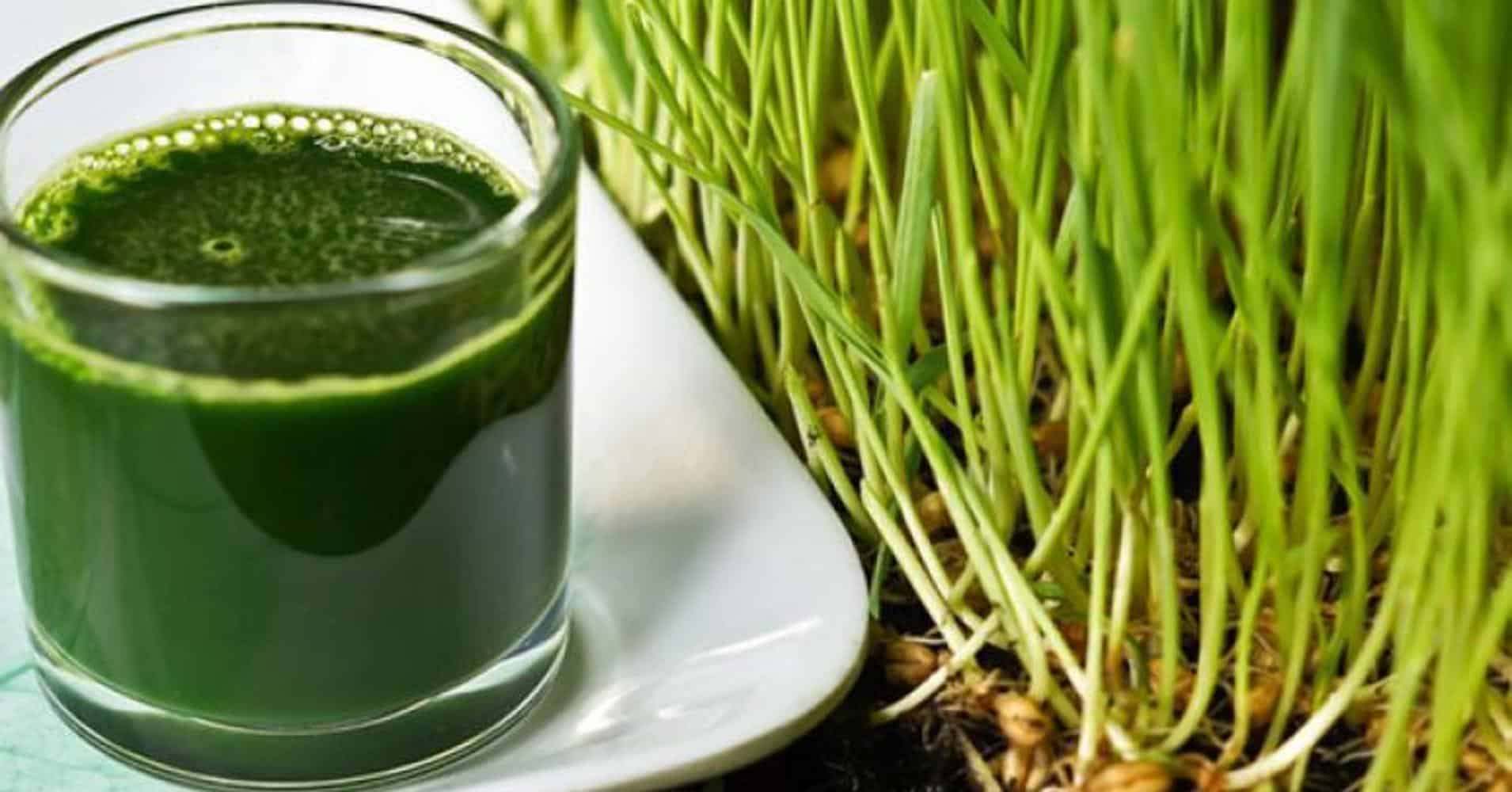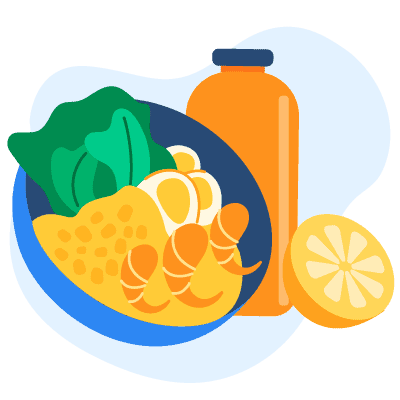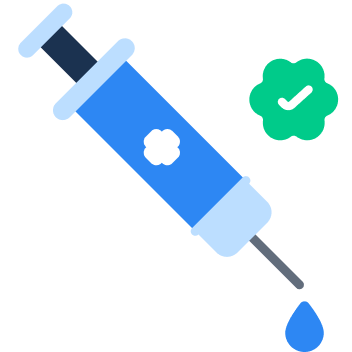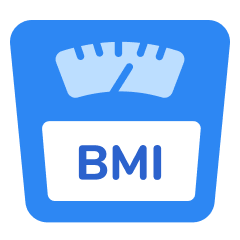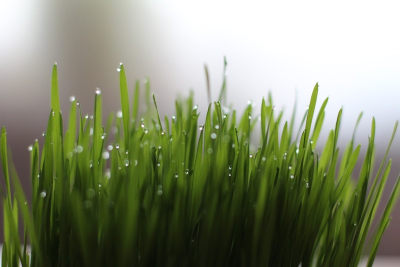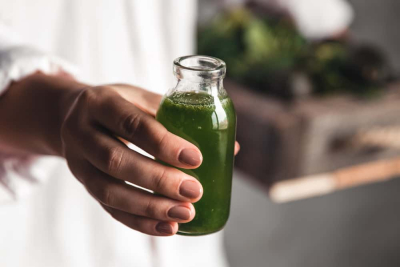Alitheen, N. B., Oon, C. L., Keong, Y. S., Chuan, T. K., Li, H. K., & Yong, H. W. (2011). Cytotoxic effects of commercial wheatgrass and fiber towards human acute promyelocytic leukemia cells (HL60). Pakistan journal of pharmaceutical sciences, 24(3), 243–250. PMID: 21715255.
Bar-Sela, G., Tsalic, M., Fried, G., & Goldberg, H. (2007). Wheat grass juice may improve hematological toxicity related to chemotherapy in breast cancer patients: a pilot study. Nutrition and cancer, 58(1), 43–48. https://doi.org/10.1080/01635580701308083
Ben-Arye, E., Goldin, E., Wengrower, D., Stamper, A., Kohn, R., & Berry, E. (2002). Wheat grass juice in the treatment of active distal ulcerative colitis: a randomized double-blind placebo-controlled trial. Scandinavian journal of gastroenterology, 37(4), 444–449. https://doi.org/10.1080/003655202317316088
Gore, R. D., Palaskar, S. J., & Bartake, A. R. (2017). Wheatgrass: Green Blood can Help to Fight Cancer. Journal of clinical and diagnostic research : JCDR, 11(6), ZC40–ZC42. https://doi.org/10.7860/JCDR/2017/26316.10057
Khan, M. S., Parveen, R., Mishra, K., Tulsawani, R., & Ahmad, S. (2015). Chromatographic analysis of wheatgrass extracts. Journal of pharmacy & bioallied sciences, 7(4), 267–271. https://doi.org/10.4103/0975-7406.168023
Kothari, S., Jain, A. K., Mehta, S. C., & Tonpay, S. D. (2011). Hypolipidemic effect of fresh Triticum aestivum (wheat) grass juice in hypercholesterolemic rats. Acta poloniae pharmaceutica, 68(2), 291–294. PMID: 21485304.
Mohan, Y., Jesuthankaraj, G. N., & Ramasamy Thangavelu, N. (2013). Antidiabetic and Antioxidant Properties of Triticum aestivum in Streptozotocin-Induced Diabetic Rats. Advances in pharmacological sciences, 2013, 716073. https://doi.org/10.1155/2013/716073
Parit, S. B., Dawkar, V. V., Tanpure, R. S., Pai, S. R., & Chougale, A. D. (2018). Nutritional Quality and Antioxidant Activity of Wheatgrass (Triticum aestivum) Unwrap by Proteome Profiling and DPPH and FRAP assays. Journal of food science, 83(8), 2127–2139. https://doi.org/10.1111/1750-3841.14224
Rajpurohit L, Mehta N, Ankola AV, Gadiyar A. Evaluation of the anti-microbial activity of various concentration of wheat grass (Triticum aestivum) extract against Gram-positive bacteria: An in vitro study. Journal of Dental Research and Review;2:70-2. Available from: https://www.jdrr.org/text.asp?2015/2/2/70/161204
Sethi, J., Yadav, M., Dahiya, K., Sood, S., Singh, V., & Bhattacharya, S. B. (2010). Antioxidant effect of Triticum aestivium (wheat grass) in high-fat diet-induced oxidative stress in rabbits. Methods and findings in experimental and clinical pharmacology, 32(4), 233–235. https://doi.org/10.1358/mf.2010.32.4.1423889
Shakya, G., Randhi, P. K., Pajaniradje, S., Mohankumar, K., & Rajagopalan, R. (2016). Hypoglycaemic role of wheatgrass and its effect on carbohydrate metabolic enzymes in type II diabetic rats. Toxicology and industrial health, 32(6), 1026–1032. https://doi.org/10.1177/0748233714545202
Stenblom, E. L., Weström, B., Linninge, C., Bonn, P., Farrell, M., Rehfeld, J. F., & Montelius, C. (2016). Dietary green-plant thylakoids decrease gastric emptying and gut transit, promote changes in the gut microbial flora, but does not cause steatorrhea. Nutrition & metabolism, 13, 67. https://doi.org/10.1186/s12986-016-0128-4
Subramoniam, A., Asha, V. V., Nair, S. A., Sasidharan, S. P., Sureshkumar, P. K., Rajendran, K. N., Karunagaran, D., & Ramalingam, K. (2012). Chlorophyll revisited: anti-inflammatory activities of chlorophyll a and inhibition of expression of TNF-α gene by the same. Inflammation, 35(3), 959–966. https://doi.org/10.1007/s10753-011-9399-0
[HISTORICAL RECORD]: WHEAT GRASS POWDER. (2019). U.S. Department of Agricultural. Retrieved June 7, 2022 from, https://fdc.nal.usda.gov/fdc-app.html#/food-details/601871/nutrients
Is Wheatgrass Worth the Hype? 7 Benefits. (2022). Cleveland Clinic. https://health.clevelandclinic.org/is-wheatgrass-good-for-you/

